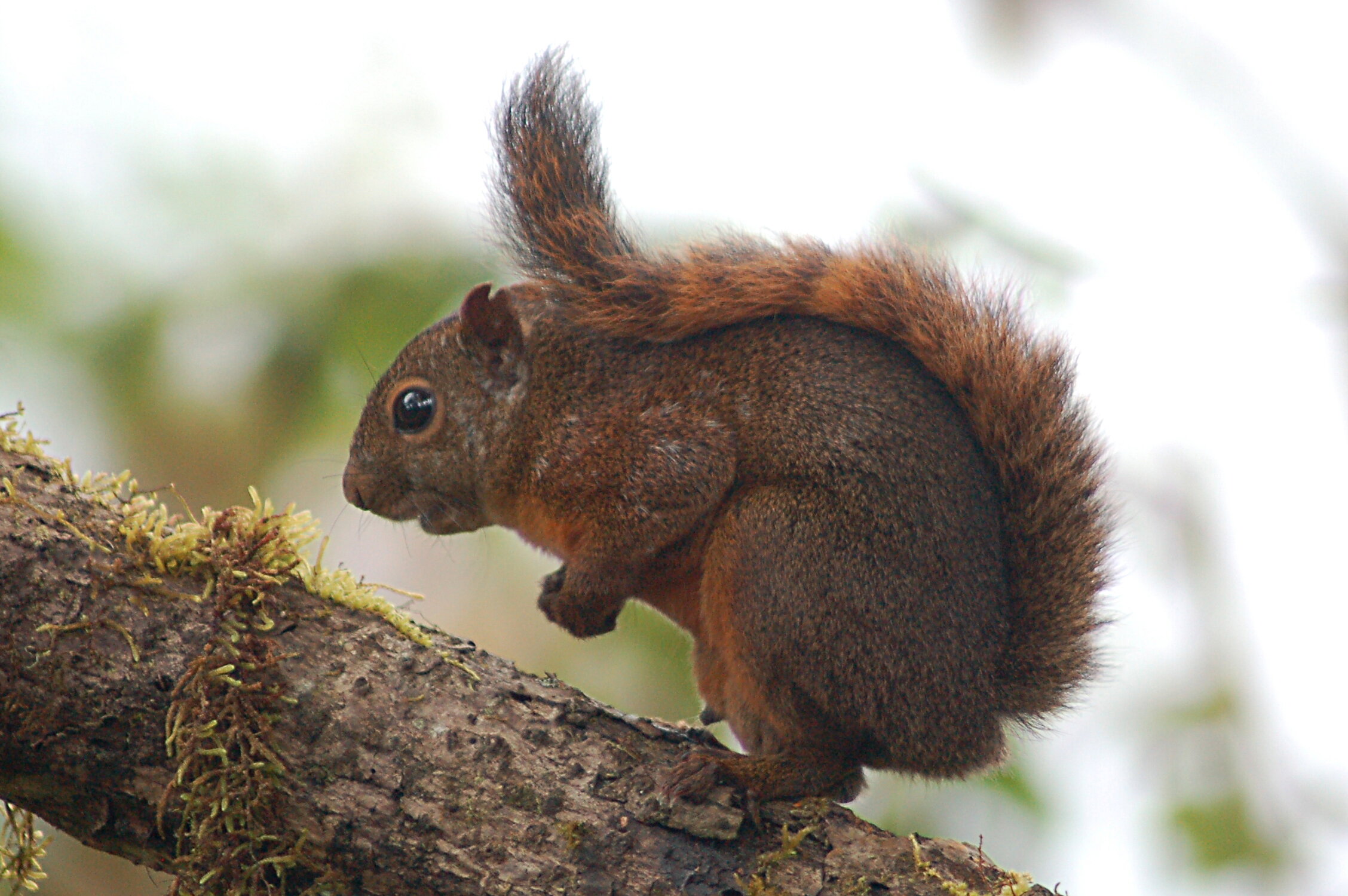Trade Insights: Red-tailed Squirrel

I should live in trees, not cages.
Red-tailed Squirrels (Sciurus granatensis) are highly energetic animals that roam over 2 hectares of forest and climb up to 30 meters off the ground. A captive squirrel has no way to release its pent-up energy and will often have destructive and even aggressive outbursts.
© Don Henise
Why Squirrels Make Bad Pets:
They have not evolved to want human affection and so can react badly to being handled, scratching and biting their keeper.
They need to chew constantly since their teeth never stop growing, often chewing holes in their metal cage.
They don’t like messing in their own space and will spray and throw urine and faeces out of their cage, while dropping unwanted food to the floor.
They require a varied diet which is difficult and expensive to replicate in captivity.
During the first six to eight weeks of a baby squirrel’s life they MUST be with other squirrels to learn survival skills and squirrel behaviour. A squirrel raised alone will not know how to fend for itself if ever released, and doing so would be a death sentence.
Squirrels are technically considered vermin under Schedule Three of the Conservation of Wildlife Act. However, Red-tailed Squirrels are native to Trinidad and Tobago and are important seed dispersers that benefit the ecosystem.


